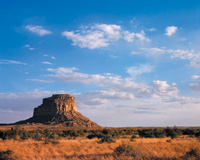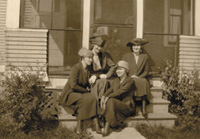Epson Perfection 4870 Pro
An All-In-One Scanner For Serious Enthusiasts
It is said that good things come to those who wait. If you have been waiting for a flat-bed scanner that will scan 35mm film as well as function as a dedicated 35mm film scanner, Epson says the wait is over. Their claim is that "Customers can now enjoy photographic image quality and high performance that was previously only offered in high-end dedicated film scanners." Is this a credible claim, one that plays out in real-world terms of practical experience? I'll do my best to verify if and how much of the Epson claim about their new Perfection 4870 Pro scanner is true. Upgrades And Specs |
|||
Another plus factor is the inclusion of Applied Science Fiction's (Kodak) Digital ICE film dirt and scratch repair. This probably accounts for the upgrade of the film scanning light, now a moving carriage with a cold cathode fluorescent tube. This setup supports the infrared sensor functioning that is a part of the Digital ICE implementation. This brings the Perfection 4870 closer in line with the characteristics of dedicated film scanners, with which it now competes. Incidentally, the scan area for film has been increased to 6x9" with similar sized film holders, which makes the system easier and more efficient to use. All of these changes have been incorporated into a scanner that has only grown slightly thicker than its predecessor. Enhanced Software Bundle |
|||
Setup And Testing |
|||
Comparison With A Dedicated
Film Scanner |
|||
Scan To Print Scanning Medium And
Large Format Film Black And White 4x5
Scanning Technical Specifications Accessories Hardware And Software
Details |






































